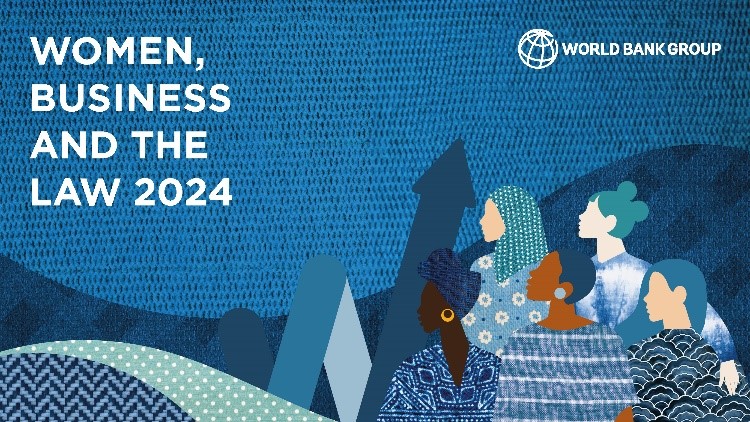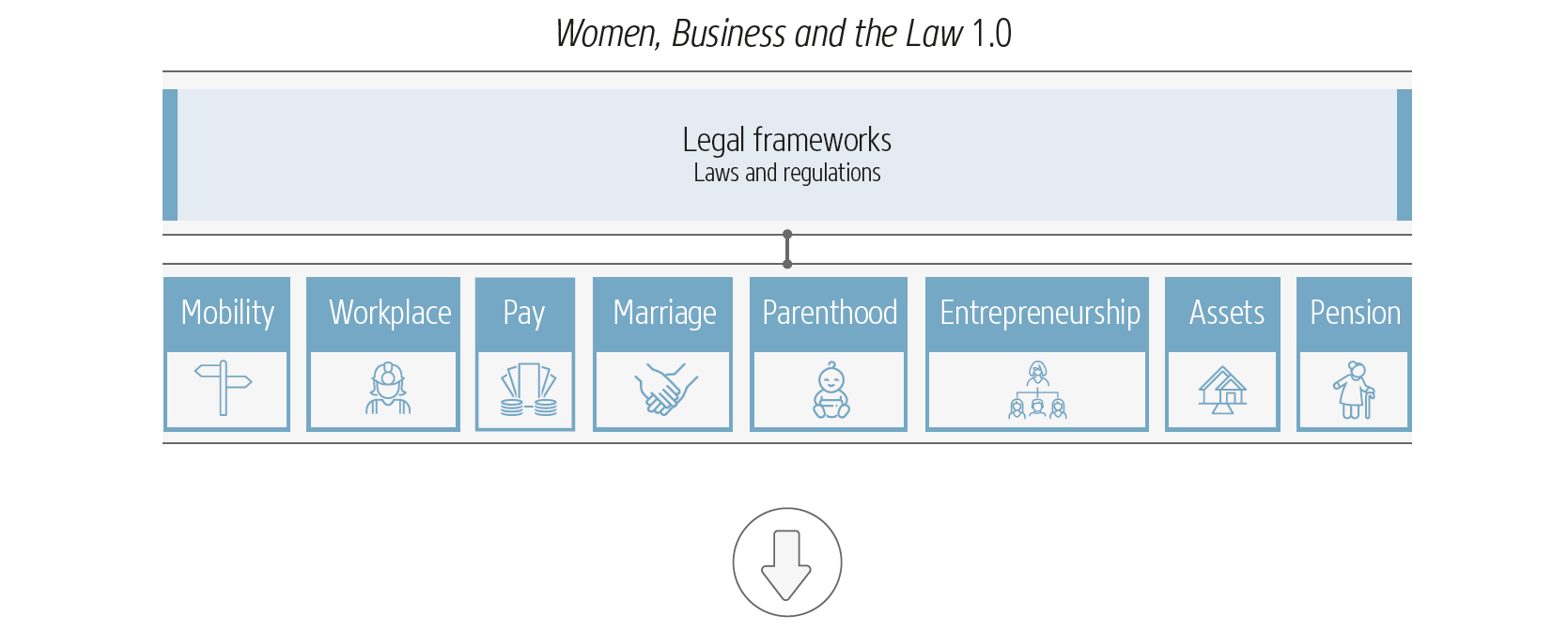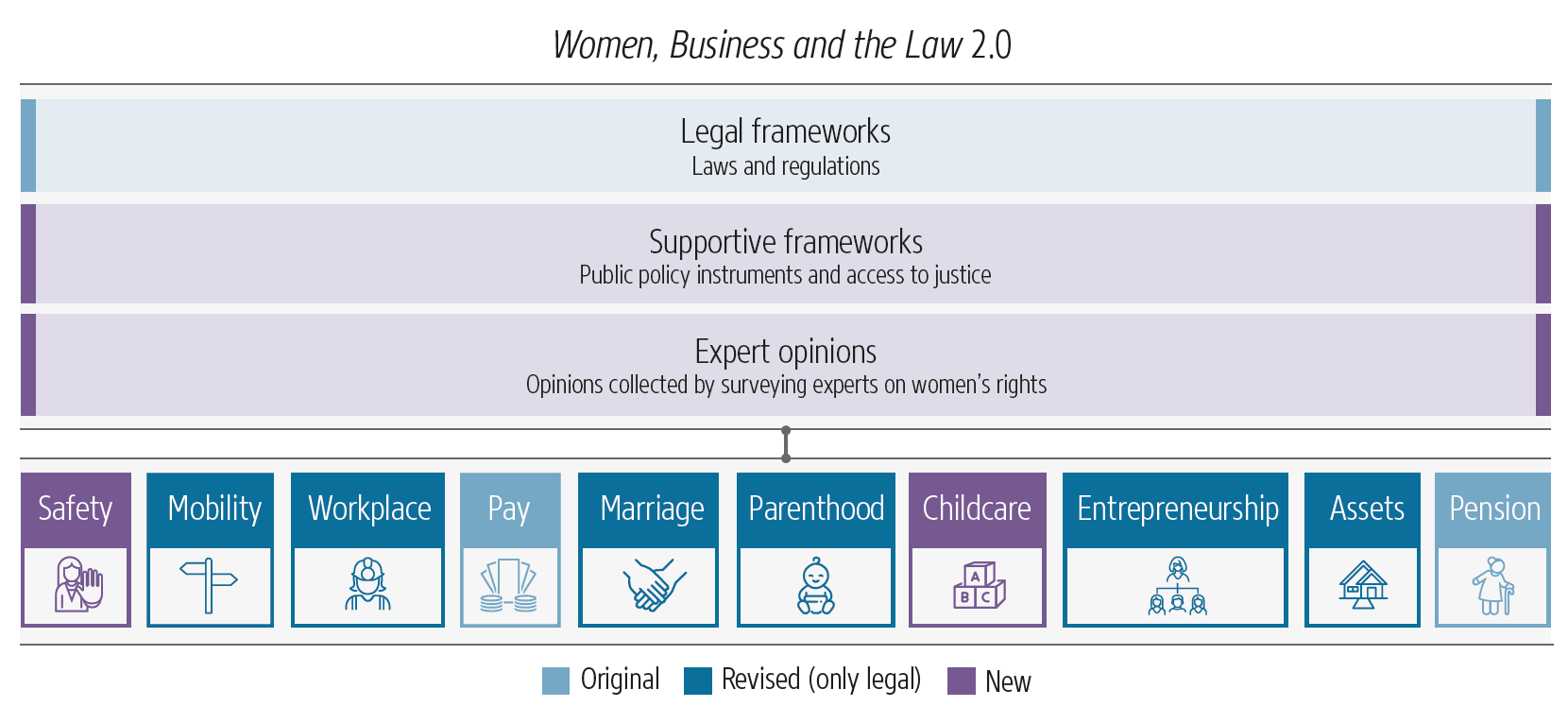Free Courses Sale ends Soon, Get It Now


Free Courses Sale ends Soon, Get It Now



Disclaimer: Copyright infringement not intended.
Context
The Report
Women, Business and the Law 2024


Findings of the Report
Economic Impact of Legal Reforms
Performance of India
Challenges in India
Supportive Frameworks
Global Gaps
Conclusion
ACCESS FULL REPORT HERE: https://openknowledge.worldbank.org/server/api/core/bitstreams/d891abb1-ca9c-42cd-989f-32d3885189a2/content
|
PRACTICE QUESTION Q. Which of the following is NOT one of the indicators used in the Women, Business and the Law 2.0 index to measure the environment for women's economic inclusion? A) Safety B) Workplace C) Entrepreneurship D) Education Correct Answer: D) Education |
© 2024 iasgyan. All right reserved